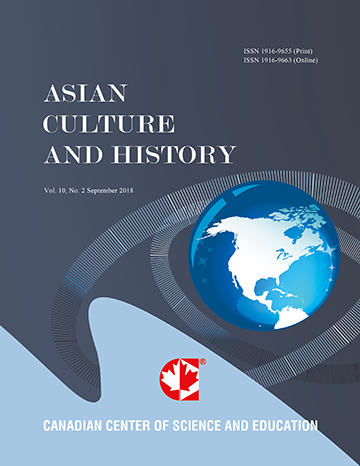Binary Opposition and Gender Representation in The Tale of the Heike
- Hebatalla Omar
Abstract
Gunki monogatari (war tales) reflected the state of Japan during medieval times. An example of such stories, The Tale of the Heike (Note 1) describes the time surrounding the destruction of the Taira clan, illustrating how those events shifted the history of Japan. Concepts central to the narrative, including “mujōkan 無常観” and “hōganbiiki判官贔屓,” remain rooted in modern Japanese society. However, gender-oriented research on The Tale of the Heike is still limited.
By applying semiotic analysis along with socio-historical approach, this study discusses the societal position of The Tale of the Heike in Japan, drawing attention to the female characters represented and analyzing the nature of gender in the story. This research also considers the historical and social backgrounds that produced the foundations for that gender representation.
The study reveals that the representation of female characters, especially shirabyōshi (Note 2), had a deep political role. It also recognizes that Cloistered Emperor Go-Shirakawa involved many women in his approach to fighting the Heike clan. Finally, it demonstrates how binary opposition and gender representation in The Tale of the Heike may have been used to promote the Heike clan stereotypes, resembling certain forms of modern-day media.
- Full Text:
 PDF
PDF
- DOI:10.5539/ach.v14n2p57
Journal Metrics
Google-based Impact Factor (2017): 5.42
h-index (January 2018): 11
i10-index (January 2018): 21
h5-index (January 2018): 6
h5-median (January 2018): 9
Index
- Academic Journals Database
- CNKI Scholar
- COPAC
- EconPapers
- Elektronische Zeitschriftenbibliothek (EZB)
- Excellence in Research for Australia (ERA)
- Genamics JournalSeek
- Google Scholar
- Infotrieve
- LOCKSS
- MIAR
- NewJour
- Open J-Gate
- PKP Open Archives Harvester
- Publons
- RePEc
- Scilit
- SHERPA/RoMEO
- Standard Periodical Directory
- Technische Informationsbibliothek (TIB)
- The Keepers Registry
- Universe Digital Library
- WorldCat
Contact
- Ivan YongEditorial Assistant
- ach@ccsenet.org
